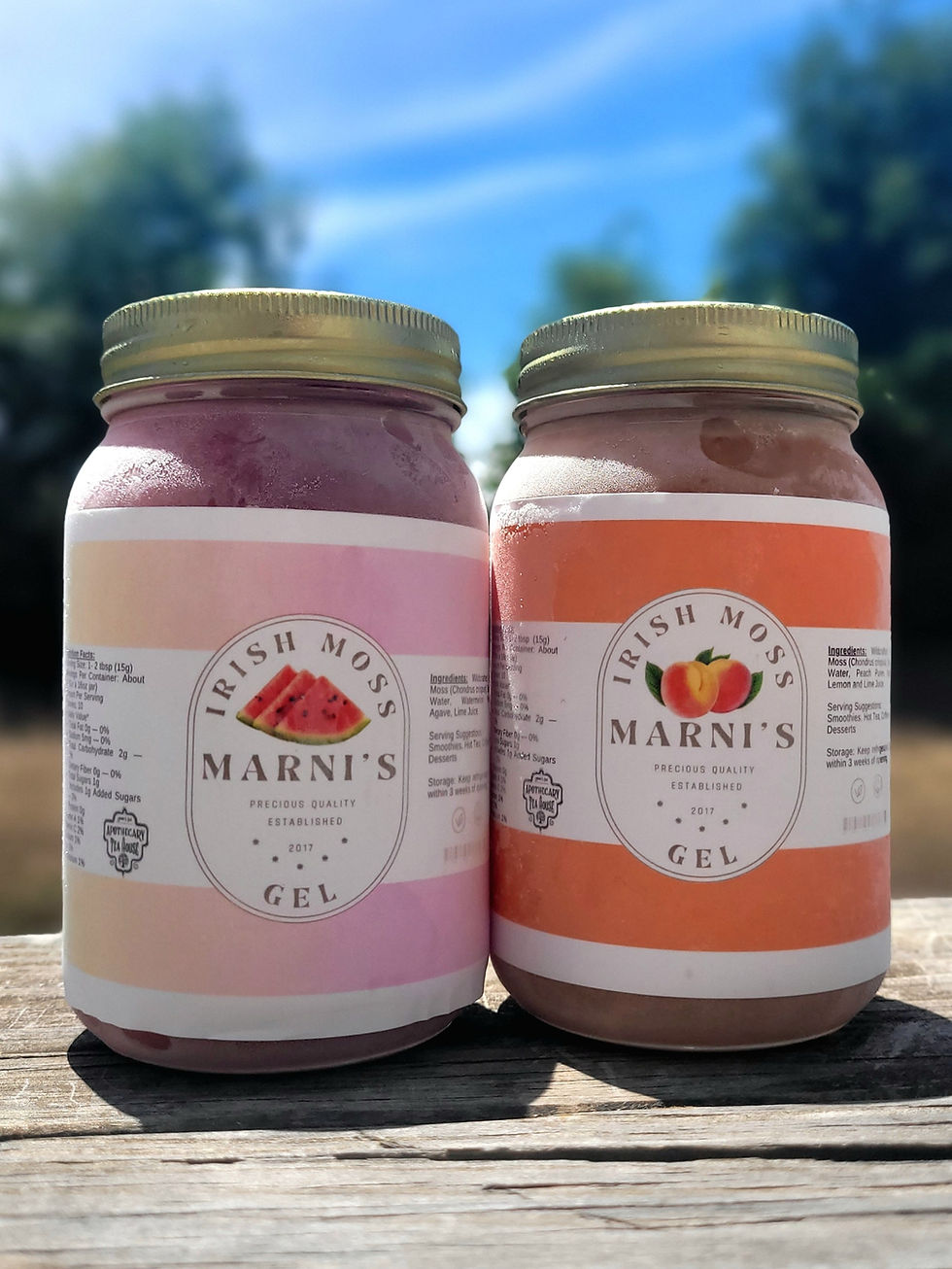What Is Wildcrafting? A Journey Through Time and Tradition
- Marni Woodson, Certified Clinical Herbalist

- Apr 15
- 2 min read
By Marni Woodson

Reconnecting with the Wild
In an age of grocery stores and instant deliveries, the act of stepping outside and harvesting your own medicine feels revolutionary. Yet wildcrafting—the practice of harvesting plants from their natural, wild habitats—is nothing new. It’s an ancient tradition that has nourished humans for millennia, and it's making a vibrant comeback in today’s herbal world.
But what exactly is wildcrafting? And how can we do it ethically in the modern age?
A Practice as Old as Time
Long before “wildcrafting” had a name, Indigenous communities across the world were living in relationship with the land. Wild plants were gathered not just for food and medicine, but also for ritual, ceremony, and survival. These practices were passed down through generations and were deeply tied to ecological cycles and spiritual reciprocity.
Harvesting wasn’t just functional—it was sacred. It often involved offerings, prayers, and a keen awareness of the plant's role in the ecosystem.
The Modern Wildcrafter’s Path
In the 1970s and ’80s, the word “wildcrafting” began appearing in the herbal revival movements in North America. Herbalists like Rosemary Gladstar and Michael Moore encouraged people to connect with plants outside the confines of commercial supply chains. Wildcrafting became a way to reclaim traditional knowledge, deepen intimacy with herbs, and move toward herbal self-sufficiency.
Today, modern wildcrafting is just as much about mindfulness as it is about medicine. It calls us to observe deeply, harvest sparingly, and always give back to the land.
Ethics in an Age of Endangerment
As herbalism grows in popularity, so does the risk of over-harvesting. Many beloved medicinal plants—like goldenseal, American ginseng, and lady’s slipper—are now endangered due to unsustainable collection and habitat loss.
Modern wildcrafters must act as stewards, not just foragers. That means:
Harvesting only what is abundant
Avoiding at-risk species
Following local laws and respecting private/Indigenous lands
Leaving the area better than you found it
Planting seeds, cleaning up trash, and tending the land
Walking in Two Worlds
Wildcrafting today lives at the intersection of tradition and modernity. We honor the ancient practices of those who came before us—especially Indigenous communities—while embracing science, ecology, and conservation.
To wildcraft ethically is to participate in a living relationship with the Earth. It’s not just about gathering herbs; it’s about remembering that we, too, are part of the ecosystem.



Comments